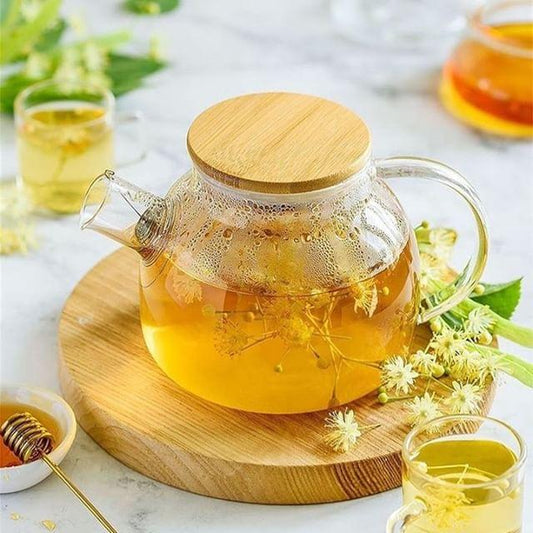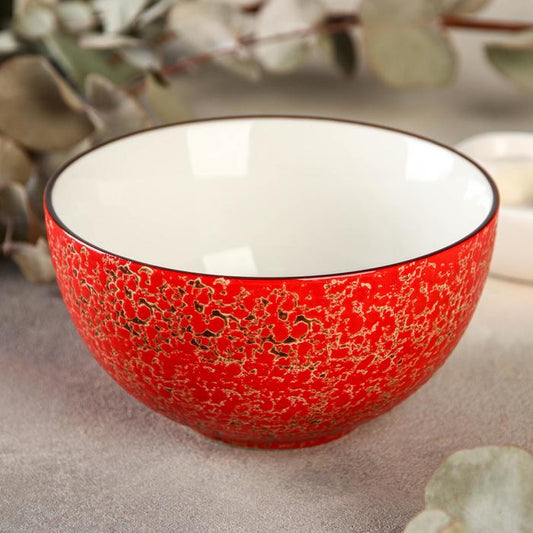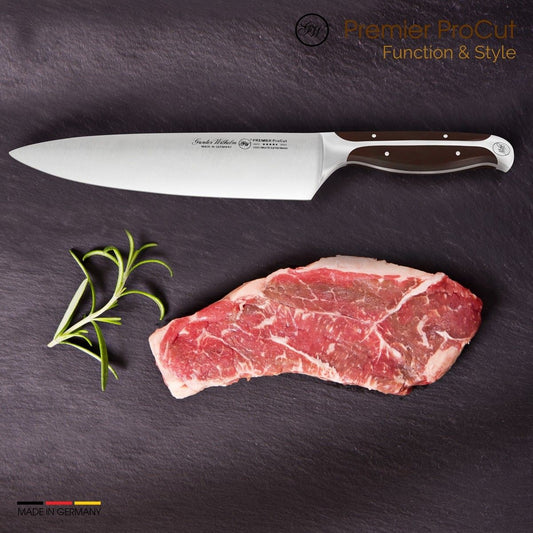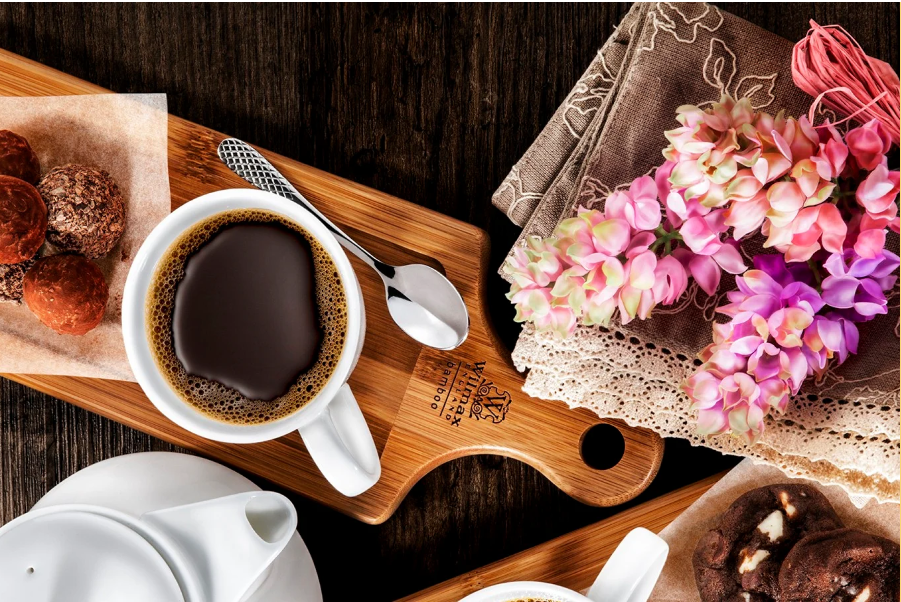🌑 Shadows & Smoke: Why Dark Tableware Is Taking Over Luxe Dining

>
White plates have been the default stage for fine dining for decades. But in 2025, chefs are embracing shadows and smoke — literally. Black ceramics, charcoal stoneware, and moody, matte finishes are taking over luxury restaurants, transforming how dishes look, feel, and photograph.
🖤 Why Go Dark?
Dark tableware creates contrast. Vivid sauces, bright herbs, and colorful produce pop dramatically against matte black or deep gray plates.
It also signals modern sophistication — a subtle rebellion against pristine white porcelain. Diners associate dark plates with avant-garde cuisine and Instagram-worthy presentation.
🍽 Materials Making Waves
- Black ceramics – matte or glazed for sleek minimalism
- Charcoal stoneware – rustic yet elegant, perfect for farm-to-table restaurants
- Slate & volcanic rock – natural textures evoking earth and fire
- Smoked glass – a translucent, edgy option for cocktails and desserts
Each material adds not just color, but tactile depth to the dining experience.
📸 The Instagram Factor
A neon-orange purée on a white plate is pretty. On a black plate? It’s electric. Food photographers know dark backgrounds enhance saturation and shadow, creating dramatic, high-contrast images that drive engagement online.
In a social media-driven dining culture, plates have become props as much as vessels.
🔥 Smoke Meets Flavor
Many chefs are pairing dark tableware with smoky cooking techniques: charred vegetables, wood-fired meats, and smoked cocktails.
This synergy of “shadows and smoke” creates a multi-sensory story — visual, aromatic, and gustatory — that elevates the dining experience.
📈 Why Restaurants Are Switching
- Branding edge: Dark plates feel modern and exclusive.
- Versatility: Works for minimal plating or extravagant presentations.
- Durability: Many dark stoneware pieces are sturdier than white porcelain.
- Perceived luxury: Guests associate matte black with premium experiences.
😂 Goodbye, Boring White Plates
White will always have its place, but in 2025 it’s starting to look like yesterday’s canvas. Dark tableware offers mystery, drama, and an edge of indulgence that diners are craving.
🌍 Global Influence
Nordic restaurants pioneered dark ceramics to complement earthy, foraged ingredients. Japanese kaiseki dining has long used dark lacquer trays to highlight seasonal colors. Now, fine dining across New York, London, and Dubai is embracing the same aesthetic.
❓ FAQs About Dark Tableware
Does food taste different on dark plates?
No, but studies show presentation affects perceived flavor and portion size.
Are they harder to clean?
Not necessarily. Matte finishes may show smudges, but high-quality glazes make cleanup easy.
Is this just a fad?
Likely not. Dark tableware has cultural precedent and is proving its staying power in global fine dining.
🍽 Final Bite
Shadows & Smoke is more than a tableware trend — it’s a visual and sensory shift. As chefs experiment with color, texture, and storytelling, dark ceramics are the new blank slate for culinary creativity.
In 2025, luxury dining isn’t just about what’s on the plate — it’s about the plate itself.
Share:





